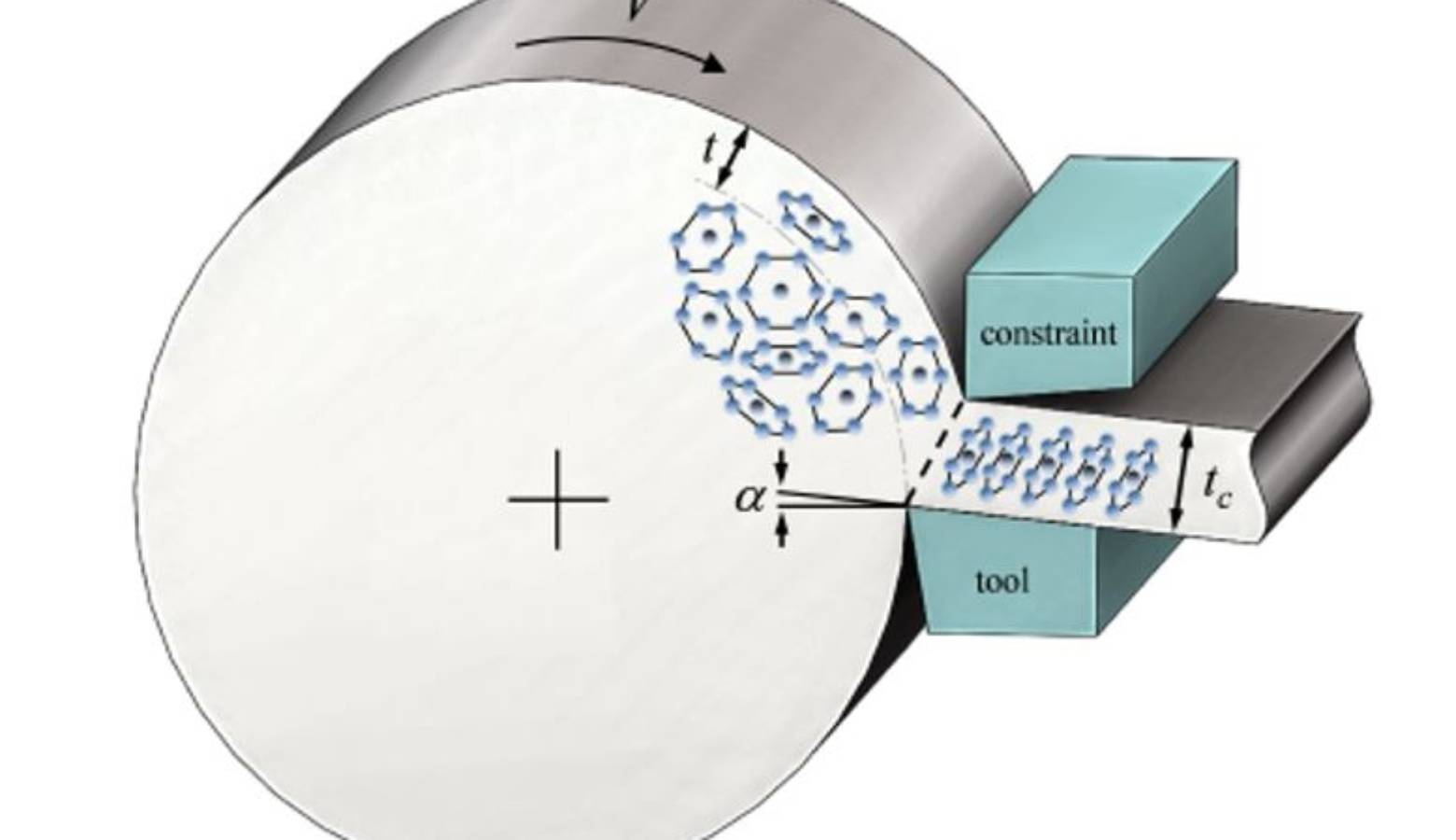DOE Funds Purdue Research On Making Energy-Efficient Sheet Metals

A novel way to create sheet metal could generate big energy savings in motorized machines.
Purdue University engineers are getting a $1.5 million federal grant to begin studying the new process and its applications this summer.
The three-year project will focus on adding larger amounts of silicon to the small steel parts that help power electric motors.
Silicon helps the steel waste less electricity, says Purdue materials engineer Kevin Trumble, but adding enough to make a difference isn’t easy.
“As you add the silicon to the steel, it becomes stronger and more difficult to deform,” he says. “And then in the rolling process, it tends to crack.”
That’s how most sheet metal gets made – it’s pressed flat over and over until it’s the right thickness. This process is what requires steel mills to be long and skinny.
Trumble’s team’s process can handle steel with more silicon, without needing as much time or space – their set-up spans about five yards, compared with a steel mill that can span more than 500.
The Purdue process shaves off a metal sheet or strip from a piece of alloy in one go – like using the slicing side of a cheese grater.
“So it’s a radically different infrastructure requirement [in] size, scale, manpower,” says research engineer James Mann.
It’s not an all-out replacement for the big, traditional steel rollers that make sheets large enough for, say, automobile bodies. But the researchers say it could help factories do more with smaller sheet metals and lighter-weight alloys – useful for fuel-efficient vehicles and other innovations.
The team’s Department of Energy funding focuses whether the shaving process is scalable, to make the small, high-silicon sheets that are ideal for motors.
Right now, a steel alloy containing more than 3.5 percent silicon will crack when rolled. The department hopes the Purdue process can successfully cut sheets with up to 6 percent silicon.
It estimates those could create an energy savings of more than 10 gigawatt-hours per year – approximately enough to power all the homes in Indianapolis for nearly a year.
That pencils out to 1.5 percent of all the energy used by industrial and non-industrial motors in the U.S. every year, or just under half a percent of Americans’ total annual energy usage.

